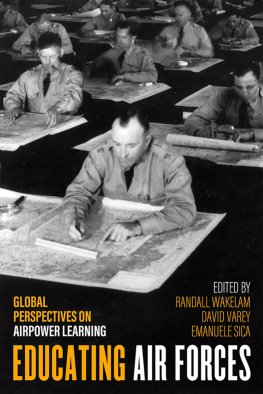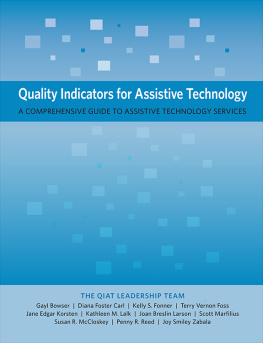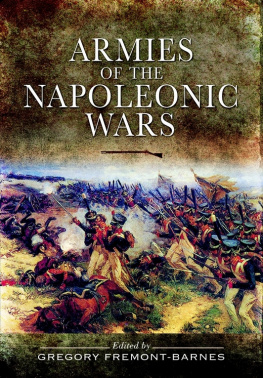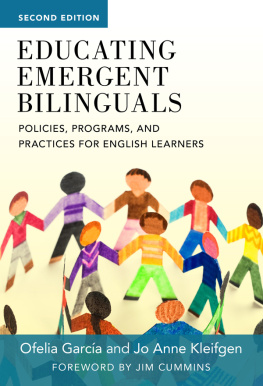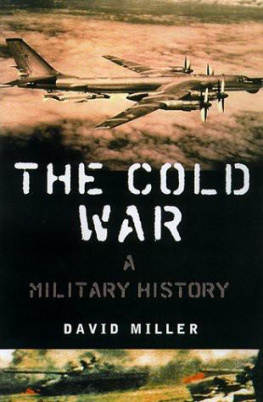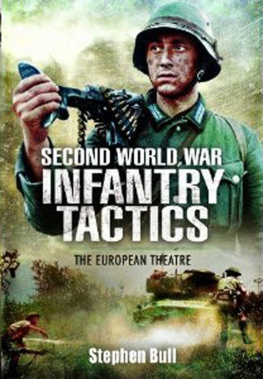Educating Air Forces
Educating Air Forces
Global Perspectives on Airpower Learning
Edited by Randall Wakelam, David Varey, and Emanuele Sica
Copyright 2020 by The University Press of Kentucky
Scholarly publisher for the Commonwealth,
serving Bellarmine University, Berea College, Centre
College of Kentucky, Eastern Kentucky University,
The Filson Historical Society, Georgetown College,
Kentucky Historical Society, Kentucky State University,
Morehead State University, Murray State University,
Northern Kentucky University, Transylvania University,
University of Kentucky, University of Louisville,
and Western Kentucky University.
All rights reserved.
Editorial and Sales Offices: The University Press of Kentucky
663 South Limestone Street, Lexington, Kentucky 40508-4008
www.kentuckypress.com
Library of Congress Cataloging-in-Publication Data
Names: Wakelam, Randall T. (Randall Thomas), 1953 editor. | Varey, David, 1966 editor. | Sica, Emanuele, 1975 editor.
Title: Educating air forces : global perspectives on airpower learning / edited by Randall Wakelam, David Varey, Emanuele Sica.
Description: Lexington, KY : The University Press of Kentucky, 2020. | Series: Aviation & air power | Includes index.
Identifiers: LCCN 2020032964 | ISBN 9780813180243 (hardcover ; alk. paper) | ISBN 9780813180267 (pdf) | ISBN 9780813180274 (epub)
Subjects: LCSH: Air forcesOfficersEducation. | Air powerStudy and teaching. | Military education.
Classification: LCC UG637 .E38 2020 | DDC 358.40071/1dc23
LC record available at https://lccn.loc.gov/2020032964
This book is printed on acid-free paper meeting
the requirements of the American National Standard
for Permanence in Paper for Printed Library Materials.
Manufactured in the United States of America.
| Member of the Association
of University Presses |
Contents
Lieutenant-General Alexander Meinzinger
Peter W. Gray
Emanuele Sica
Jrme de Lespinois
James S. Corum
Richard Goette
John T. Farquhar
Howard G. Coombs
Harold R. Winton
Martin James
Wray R. Johnson
Paul T. Mitchell
Edward Westermann
James Beldon with Peter W. Gray
Foreword
I am delighted to be able to add my thoughts to this most valuable study of the education initiatives of major Western air power nations over the past one hundred years. Those of us who live within and operate air forces, whether at the tactical or strategic levels, or somewhere in between, seldom give pause to think about how we learn, internalize, and pass on the wisdom of our experiences. This volume should allow and cause any reader, whether in uniform or looking at the profession from the outside, to reflect on this essential matter.
The idea for the volume did not start with a trained educator, but with an air force operator. After teaching for ten years at the Canadian Forces College, a joint college discussed in the volume, he wondered what best practice was when it came to learning about air power. Was the Canadian experience, that of a relatively small air force, unique? Did it have certain characteristics of its major allies, or of other smaller services? And what were the experiences of those other nations?
The initial result of this inquiry was a symposium in 2016 bringing together former and current air power educators to share the histories of past and present education philosophy and practice. I am very pleased to say that it was the RCAF that provided the funding for that symposium, as its purpose fell squarely within our continuing aim to develop air power mastery in our personnel. Now, happily, these histories are being published so that they may be of use for generations of air power practitioners to come.
Lieutenant-General Alexander Meinzinger
Commander, Royal Canadian Air Force
Introduction
In the last three hundred years, military and naval services have advanced beyond the ad hoc and part-time approaches to national security that emerged from the Middle Ages and Renaissance. They have become professional fighting services, a process deriving from the introduction of specialized standards, advancement by merit, the development of standing administrations, and other vestiges of formal organization. Not surprisingly, the disparate characteristics and attributes associated with professionalization have become the focus of modern inquiry suggested in such works as General Sir John Hacketts The Profession of Arms and Samuel Huntingtons The Soldier and the State.
If we accept that militaries are professions and that professions need education, both for expertise of practice and an understanding of the society within which they practice, then we could reasonably want to know how militaries are educated and how well they perform this task. One broad study of US military education, conducted in the 1950s by John Masland and Laurence Radway, Soldiers and Scholars: Military Education and National Policy, examined the range of programs extending from undergraduate schools to strategic-level colleges.
But in the vein of Gidney and Millar, the wider societal implications of the process of professionalization cannot be overlooked. Evidence of this interrelationship was provided by the military historian Correlli Barnett, who underscored the importance to societies of the education of their militaries. Writing in 1967, near the height of the Vietnam conflict, he demonstrated that there is an implicit link between the military and other facets of society: many of our civilian institutions, ways of thinking, techniques of organization and control, were evolved first in armies or during wars. He pressed home this point by concluding that the education of military elites is not therefore a matter of a specialized professional group, isolated from the mainstream of modern life. It is a subject of great interest and relevance.
If armies and navies have had millennia of practice and the vestiges of profession for the last three hundred years, then what of the new service which came into being only one hundred years agothe air force? The intent of this volume is to examine learning philosophies, policies, and practices of a number European and English-speaking air services over the past century. Its title borrows to a degree from two earlier volumes that were, in a sense, period case studies of professional learning in Britains army and navy: Jay Luvasss The Education of an Army: British Military Thought 18151940 and Donald Schurmans The Education of a Navy: The Development of British Naval Strategic Thought, 18671914. Published in 1964 and 1965 respectively, these studies used the concept of education in a broader sense than this study, but they nonetheless were interested in the professional learning that was taking place, if not in the classroom, then through the experiences of leaders and practitioners. In contrast, this present volume was originally conceived with a two-fold purpose. First, the editors intended to identify the learning approaches used by air forces to acquire the professional knowledge and intellectual skills their leadership needed to be effective practitioners. A focus on staff courses, schools, colleges, and air power centers would necessarily follow. Second, the editors sought to assess how successful these air forces had been in building learning programs to achieve that intent. But our purposes have widened to encompass the very themes mined by Luvass and Schurman. Indeed, as several chapters will underscore, experiential learning and formal education are inextricably intertwined, and divorcing one from the other would only serve to lessen the value of this study and the role of air force education more broadly. The interwar German example described in James Corums chapter is certainly a case in point: the author goes to considerable lengths to describe how the Reichswehr retained a practical airmindedness despite the strictures of the Treaty of Versailles. In other words, endeavoring to separate learning from professional concepts and practice, and to dissect the impact of these components individually on air force education, was too simplistic an approach for this collection.

